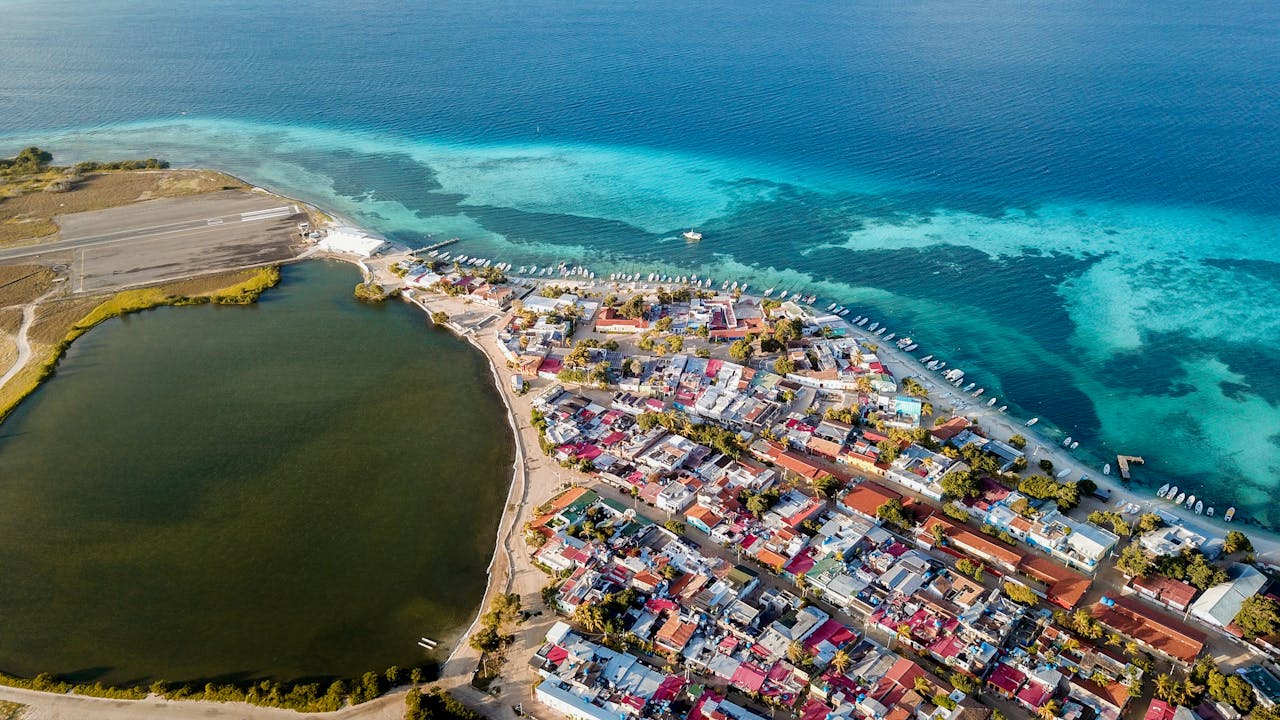Philippines' Minimum Wage Trends in 2024

The year 2024 brings forth new changes in the Philippines' minimum wage landscape. As employers, staying informed about the latest regulations and trends is crucial for the smooth functioning and compliance of your business. This blog post will be your guide to navigating the evolving minimum wage trends in the Philippines for 2024.
Why does the minimum wage exist?
Before diving into the specifics, let's have a brief overview of why minimum wage regulations exist. Minimum wage laws are implemented to ensure that workers receive fair compensation for their labor, protect them from exploitation, and improve their standard of living. By understanding the implications of these regulations, employers can make informed decisions while remaining compliant within the local workforce.
How is the minimum wage in Philippines determined?
The Philippines' minimum wage is determined by regional wage boards, which take several factors into consideration, such as the cost of living, economic conditions, and productivity levels. These boards review the minimum wage rates annually, and adjustments are made based on the prevailing economic conditions in each region.In 2024, employers should anticipate changes in the minimum wage rates throughout the different regions of the Philippines. The government aims to balance the needs of workers and employers while considering the country's economic growth. As a business owner, it is crucial to keep a close eye on these changes to ensure your employees receive fair compensation and to maintain a harmonious working environment.
Curious to learn more? Check out our detailed post on Understanding Spain's Minimum Interprofessional Wage
Minimum Wage Trends in Philippines for 2024
One of the significant trends in 2024 is the movement towards regionalization of minimum wage rates. The government acknowledges that the cost of living varies across different regions in the Philippines. Thus, regional wage boards have been given more authority to determine the appropriate minimum wage rates for their respective regions. This move recognizes the unique economic conditions within each region and promotes competitiveness across the country.
To stay compliant with the evolving trends, employers must ensure that they are aware of the minimum wage rates specific to their region. This information can be obtained through regional wage boards or government websites. It is advisable to regularly check for any updates or announcements regarding minimum wage adjustments to avoid any legal complications.
Alongside the regionalization of minimum wage rates, the government is also focusing on promoting productivity and skills development among the Filipino workforce. Employers are encouraged to invest in training programs, which will not only enhance the skills of their employees but also contribute to the overall growth and competitiveness of the nation.
Employers must be mindful of the rising expectations from employees regarding fair wages and benefits. As the cost of living continues to increase, it is essential to strike a balance between business sustainability and providing just compensation. This requires careful budgeting and periodic evaluations of your company's financial standing.
Moreover, it is crucial to consider other benefits and allowances that contribute to the compensation package of employees. Some of these include holiday pay, overtime pay, health insurance, and retirement plans. Providing a comprehensive package demonstrates your commitment to the welfare of your employees and can help attract and retain top talent.
Conclusion
In conclusion, the landscape of minimum wage trends in the Philippines for 2024 is dynamic and evolving. Employers must stay informed about the latest regulations and changes specific to their regions. Regionalization of minimum wage rates and a focus on productivity and skills development are key trends to watch out for. By staying compliant and providing fair compensation, businesses can create a harmonious and productive work environment. Remember, investing in your employees is an investment in your business's success.





.avif)


